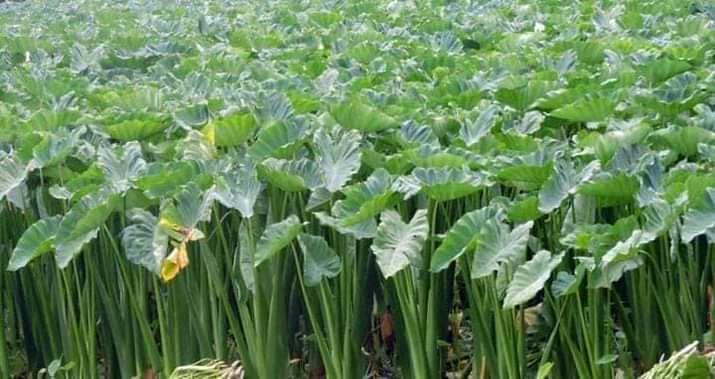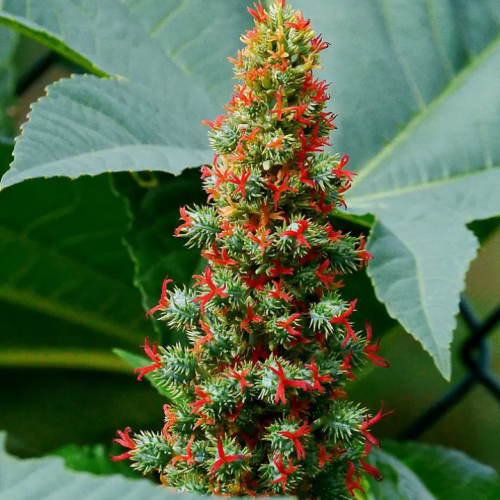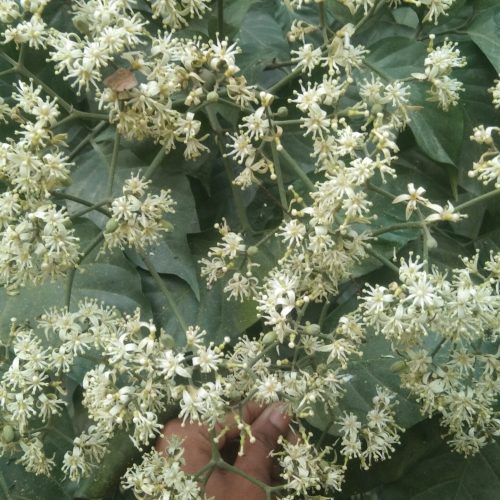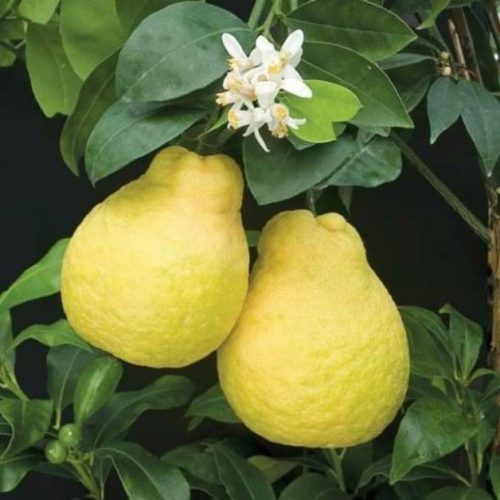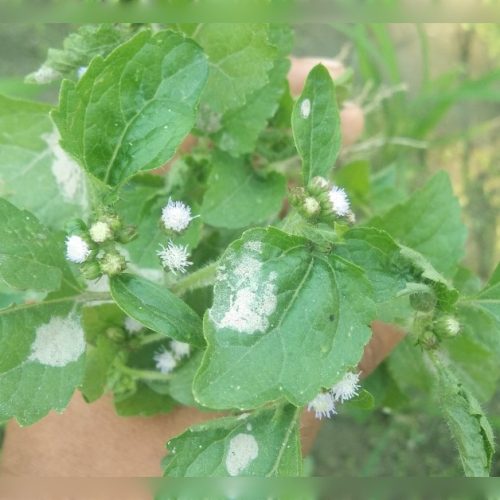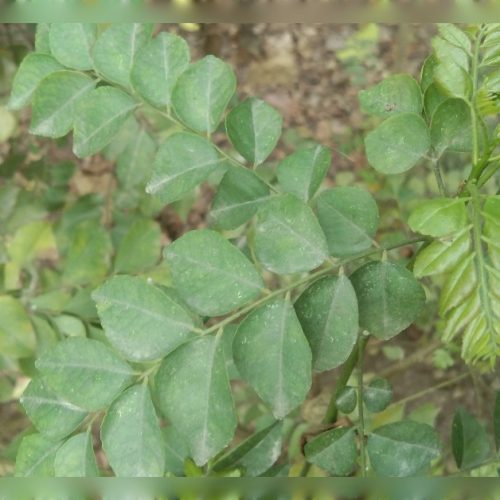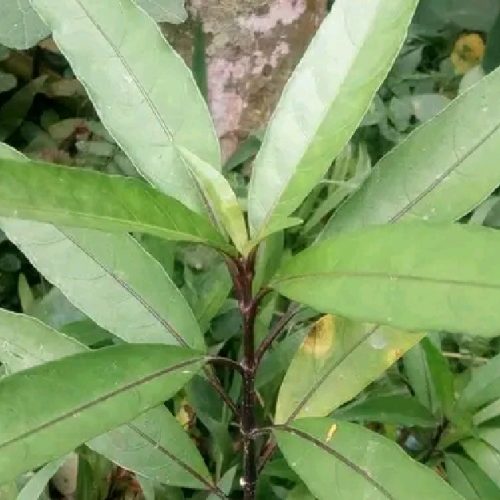Table of this Contents
ToggleTaro Plant.
Taro plant is a one kind of medicinal plant. Bangladesh, Indian, China people like it very much. This taro plant food helpful for patient. It’s have a lot of good side. Doctor advice to eat this Taro plant curry every after 1week.
Identity and description of Taro plant.
Taro plant is a tuber plant belonging to the genus Araceae. In Bangladesh, it is commonly known as ‘’Kachu”. It is one of the ancient plants cultivated by man. It is more or less found in almost all areas of Bangladesh and West Bengal. The use of arm as a vegetable is quite old in Bangladesh, Indian subcontinent and Southeast Asia. It is thought to have originated in the eastern part of the ancient Indian subcontinent, Sri Lanka, Sumatra and the Malay region. The use of It in religious rituals and socio-cultural activities of different ethnic groups is very ancient. It has been used as a vegetable and herb for a long time. It is rich in starch, iron, phosphorus, calcium and vitamins A and C.
100+ types of taro plant in the world.
Taro plant is a kind of delicious vegetable.
It is a very well-known vegetable. Taro leaf are used for vegetable. It can be seen growing in almost all areas of Bangladesh. It grows in many places around the village house and on the side of the road. However, there are many species of It, which are cultivated with care. This type of cultivated vegetables we use in various types of cooking. It can grow easily in both land and water. However, the number of sprouts born in the soil is more. There are some species, which grow in the forest, these are known as wild taro. Such type is not suitable for human consumption. Among the species suitable for human consumption are Mukhkochu, Dudhkochu, Mankochu, Panikochu, Panchmukhikochu and Olkochu.
There is not a single part, which is unnecessary, starting from Its root, stems, leaves, flowers, plants are suitable for eating. It contains a lot of vitamins, which are very beneficial for the human body.
However, many people think that eating this vegetable is quite a hassle, so avoid it even after eating all other vegetables. The nutritional value of this vegetable can be eaten whole.
Scientific classification of Taro plant.
Kingdom : Plantae
Order : Alismatales
Family : Araceae
Genus : Colocasia
Species : C. esculenta
Ingredients of Taro plant.
The main ingredient in it is Iron (Fe), which maintains the level of hemoglobin in the blood and maintains the oxygen supply in the body. Each 100 grams of this vegetable contains 39 grams of protein, 6.6 grams of sugar, 15 grams of fat, 226 milligrams of calcium, 10 milligrams of iron and 57 milligrams of dietary energy.
Taro leaf use as vegetable.
It is rich in vitamin A. It helps to maintain good eyesight. It also reduces eye complications. The saponins, tannins, carbohydrates and flavonoids in it reduce high blood pressure. Its stalks contain a lot of water, so cooking and playing stalks during hot weather fills the water deficiency of the body. Regular consumption of this vegetable also reduces the risk of heart disease. It contains a lot of vitamin C, which is why it boosts the body’s immune system. Taro leaf can control the pressure and balance of sugar in the blood. Regular consumption of vegetables reduces the risk of diabetes. It also helps to increase digestion.
It helps reduce any type of inflammation as it contains anti-inflammatory and antimicrobial ingredients. According to nutritionists, it can easily meet the calcium and iron needs of an adult.
Root of Taro plant.
As earlier it is described that, no part of taro plant is unnecessary, its one type of root called ‘’loti’’ (in Bengali), is highly used as vegetable. According to nutritionists, it contains a lot of iron, which helps in boosting the body’s immune system. It is a very useful ingredient for athletes, pregnant women, growing children and patients undergoing chemotherapy. It contains sufficient amount of calcium, which strengthens the bones of the body and is able to prevent brittleness of hair. It contains a lot of dietary fiber. This fiber helps digest food very easily and helps in relieving chronic constipation. Apart from this, after any major operation, this acts as a beneficial food for digestion.
Taro plant flower.
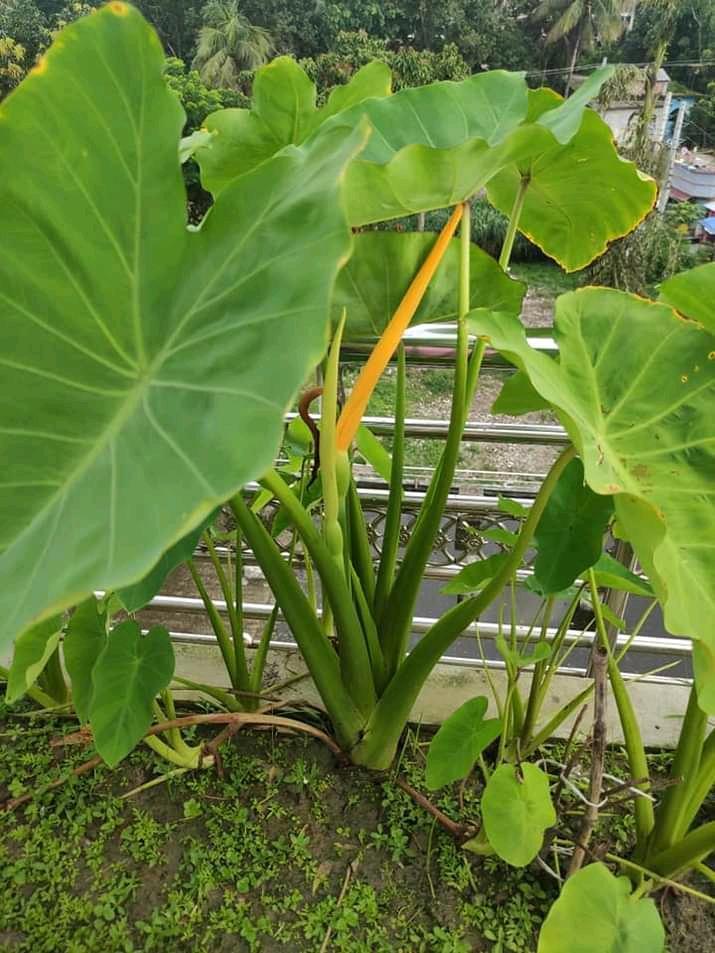
Taro plant flowers are very beautiful to look at. At first light green. It turns yellow in adulthood. Bengalis like to eat it with fish. The Chinese boil it and eat it as a vegetable. The inner stamens of the flower are considered unacceptable for food. The flower is elongated in shape. Inside the flower are long stamens. It has the scent of flowers. A tree can be seen blooming more than 3 times.
Taro plant leaf.
The taro plant leaf looks like a lotus flower tree. Is quite heavy. Large in size. In China, Bangladesh, India, this leaf is collected and boiled to make rvata. In this rvata, onion and salt are mixed. It is a popular food. The leaves are of different sizes. The size of the leaves depends on the variety.
Benefits of Taro Vegetables.
The benefits of it is immense for human health. Because, it has a high nutritional demand according to the nutritionists. A few are described below;
Cancer Prevention.
These vegetables are rich in vitamin C. The antioxidants in it prevent cancer. Studies have shown that regular consumption of it can prevent colon cancer. Another study says that spinach is very effective in preventing breast cancer.
Maintaining good eyesight.
It is rich in vitamin A. This is why it helps to maintain good eyesight. Also reduces eye related complications.
Maintaining blood pressure and heart disease.
The saponins, tannins, carbohydrates and flavonoids in it reduce high blood pressure. Regular consumption of it also reduces the risk of heart disease.
Boosting immune system.
As its vegetables are rich in vitamin C, it boosts the body’s immune system.
Reduces the risk of diabetes.
It regulates blood sugar levels. As a result, regular consumption of this vegetable reduces the risk of diabetes.
Increase digestion.
It also plays a role in increasing digestion.
Reduce inflammation.
As it has anti-inflammatory and antimicrobial properties, it helps to reduce any kind of inflammation.
Helps eliminating Anemia.
Those who are suffering from anemia can eat these vegetables regularly. This is because it contains a lot of iron which helps in eliminating anemia.
It contains sufficient amount of iron. This chemical iron protect people from suffering from anemia. Therefore, for patients suffering from anemia, it is necessary to eat Taro vegetables.
Taro Vegetables for the eyes.
The two vitamins for our eyes are called eye vitamins. Lutein and zeaxanthin.
These two ingredients are very useful for maintaining good eyesight and preventing cataracts.
Lutein and zeaxanthin were found in 100 g of cabbage in 1932 micro grams which met 98% of the demand. It also contains 241 micrograms of Vitamin A, which meets 31% of the demand and is rich in iron.
For the good health of our eyes, we need to eat vegetables regularly.
Taro vegetables to keep teeth and bones well.
One of the major benefits of this vegetable is that it is rich in calcium, manganese, magnesium and phosphorus. Moreover, the role of it is very important in preventing tuberculosis. Regular consumption of it will keep the teeth and bones healthy.
It Relieves constipation.
It contains a lot of fiber which helps in digestion of food. Patients those who have problems with constipation they can eat vegetables regularly. This will eliminate your problem of constipation.
Helps to heal wounds in the body.
These are rich in vitamin C. As a result, this chemical Iron is easily can absorbed on body. Vitamin C helps our body to heal wounds. So,that’s why everyone should feed the children from an early age.
Reduces hypertension.
Eating vegetables lowers blood cholesterol so these are very beneficial for patients with high blood pressure. Regular consumption of it also reduces the risk of colon cancer and breast cancer.
Keeps the supply of oxygen in the body active.
It plays a more effective role in keeping the oxygen supply in our body active. The iron and folate in this vegetable increase the amount of blood. This results in adequate oxygen circulation. Vitamin K prevents bleeding problems.
Benefits of Taro leaves for skin.
The health benefits of taro leaves are also good for overall appearance due to the threonine content contained in the plant.
It is an amino acid that can aid in the production of elastin and collagen of human body.
Benefits of Taro leave for brain.
If you often feel so stressed out due to certain circumstances, such as pressure from work, maybe eating taro leaves will help you control your moods. This is the health benefit of taro leaves that you must experience.
Disadvantages of Taro vegetables.
There are highly any bad effects of this vegetable. In spite of that, it has a few disadvantages.
The disadvantages of this radical proposal are small. A lot of the time itching in the throat when eating this vegetable. Because it contains an ingredient called oxalate. For this, lemon juice or vinegar should be used while cooking it.
However, those who have more problems with allergies in the body, it is better not to eat these vegetables.
Gastric or peptic ulcer.
It is one of the common causes of gastric ulcer.
Cultivation method of Taro plant.
From above description, we have discussed about the advantages, disadvantages and the benefits of this vegetable. Now we will discuss about the cultivation method of this vegetable.
Soil selection for Taro Plant.
Organic matter rich poly-fiber to clay-fiber. This type of soil is not suitable for cultivation as sandy soil cannot retain sap.
Land Selection for Cultivation.
Any land from medium low to high, does not collect rain water, but if necessary, it is necessary to select land that can easily hold water.
Seedling planting method.
Its seedlings have to be young. Fresh seedlings of 4-6 leaves should be selected for planting. At the time of planting, 2-3 leaves should be left on the top of the seedlings and all the remaining leaves should be pruned. If the trunk or base of the plant is longer, some part of the trunk with some roots can be pruned. Seedlings should be planted at a distance of 60 cm from row to row and 45 cm from tree to tree. Depth of soil to a pan, which impedes rooting, is 5 to 6 cm.
Care of Taro Plant.
If it is too late to plant seedlings in the main land after the seedlings are produced from the stumps, they should be kept in a place with wet soil and shade. The seedlings have to be tied or kept close together. Due to the presence of excess water in the soil at the time of planting or for a few days after planting, the soil should not be too soft when muddy so that the seedlings do not fall. When the tree is a little big, the early yellowing or withering leaves have to be removed. The land has to be kept clean by clearing the weeds in the field. Within one to three months of planting, care should be taken to ensure that there are no weeds in the field. Water should not be kept in the field while watering the seedlings. However, even if it is kept completely dry, the vine comes out less or the length of the vine is less. Joe has to keep status for that.
Fertilizer application.
15 tons of organic manure per hectare, 150 kg of urea, 125 kg of TSP, 165 kg of MOP are to be used. Fertilizers other than urea have to be mixed well with the soil during the last tillage of the land. Urea fertilizer should be applied in two installments 30 days after planting and 60 days after sowing, light irrigation should be given by spraying between rows. In case of deficiency of zinc and zinc in the soil, zinc sulphate and gypsum should be used as fertilizer.
Time and Duration.
In order to cultivate the crop in advance, one has to plant in the month of Kartik and in the month of Falgun. In the southern part of the country, it can be planted all year round.
Rules for planting.
Small saplings emerge from the roots of an adult tree. From these seedlings healthy vigorous fresh seedlings are used as seed seedlings for cultivation. The younger the panicle seedlings, the better. Seedlings with 4-6 leaves should be selected as fresh seedlings. The seedlings should be planted by removing the remaining 1/2 leaves from the top of the seedlings and pruning the remaining leaves and old roots. If it is too late to plant after transplanting, the seedlings should be kept in wet soil in a shady place. 5-6 cm at the prescribed distance. Seedlings should be planted deep.
Irrigation and weed control.
Water should be retained at all times at the beginning of watering and the standing water should be stirred occasionally. The seedlings need to be watered occasionally to grow. Again a certain amount of water should be given. Depth of standing water for Latiraj taro plant is 8-10 cm. Must be. If the water given to the land is 3-4 times, then the water sprouts are properly thickened and lengthened. The land needs to be cleared of weeds regularly.
Preservation.
It is a crop of 8-9 months. It is suitable for early harvest in September (mid-Bhadra) 6 months after planting. Then the leaves of the tree turn yellow and when the tree dies slowly, the face has to be removed. Digging is done with a spade. In short range: It is necessary to take good care. Cut, rotten, wound, small-medium-large size should be kept separate. The face can be dried in piles or spread on the floor in a cool, shady and well-ventilated place. Then place it on a loft or wood in a shady place of the house and cover it with dry cold clean sand. In this way it can be stored effortlessly for 4/6 months.
Properties of this vegetable.
Iron.
It contains a lot of iron. Increases immunity. It is very useful for pregnant women, athletes, growing children, patients receiving chemotherapy. It contains sufficient amount of calcium. Calcium strengthens bones and makes hair fragile.
Fiber.
These vegetables are high in dietary fiber. This fiber helps in digestion of food, eliminates long years of constipation, it acts as a beneficial diet in digestion of food after any major operation.
Vitamin C.
Vitamin C is also present in sufficient quantity in it, which keeps us away from infectious diseases, making the body’s immune system twice as strong. Vitamin C works against skin diseases.
Cholesterol or fat.
Some amount of vitamin “B” relieves the problems of warmth of hands, feet, scalp, tingling in hands and feet or numbness. Vitamin B is very important for proper blood circulation in the brain. It does not contain cholesterol or fat. So there is no ban on eating this vegetable for weight loss.
Iodine.
Helps to properly excrete wastes after digestion of food. Therefore, there is very little risk of acidity and gastric problems while having it. Iodine has also settled in it. Iodine strengthens teeth, bones and hair.
Diabetes.
Many people eat this vegetable with shrimp fish. Shrimp contains a lot of cholesterol. Therefore, those who suffer from heart disease, diabetes and high cholesterol or high blood pressure should avoid shrimp and dried fish. If you have diabetes, cholesterol, high blood pressure under control, you can eat a small amount of shrimp in it. Large shrimps are high in fat, so it is best to avoid large shrimps.
Taro vegetable in foreign markets.
Panchbibi upazila of Joypurhat district of Bangladesh is famous for this vegetable. This region produces a lot of vegetables throughout the year and exports it abroad by meeting the demand of the country. It has been being marketed in Dhaka, Joydebpur, Tangail, Sylhet, Rajshahi, Khulna and in the last few years in Great Britain, USA, Saudi Arabia, Kuwait, Qatar, Oman, Bahrain, Malaysia and Singapore. With the cooperation and patronage of the government, it is possible to make a profitable business in foreign markets.
Precaution.
Raw leaves are poisonous.
There’s one major precaution to be aware of when eating taro leaves – their toxicity when eaten raw. Taro leaves have a high oxalate content, which is a naturally occurring compound found in many plants.
To deactivate the poisonous oxalates in taro leaves, they must be cooked until they soften which only takes a few minutes when boiling or 30 minutes to an hour when cooking.
The raw leaves of the taro tree are poisonous. It is suitable for use after cooking.
Frequently Asked Questions (FAQ) About Taro plant.
1. What are the benefits of taro vegetables?
Answer: Taro(kachu) is a well-known vegetable in South Asia and Southeast Asia. Its stems are eaten as vegetables and leafy vegetables.These are rich in protein, fat, carbohydrates, dietary fiber, sugars, various minerals and vitamins.
2. It is said that eating taro vegetables, vision of eyes increases, how true is this statement?
Answer: While promoting better eye health, it also improves visual acuity and prevents eye diseases including blindness, myopia, and cataracts. Eating foods rich in vitamin A is recommended to maintain healthy eyes, and since taro leaves achieve incredible recommended daily values of up to over 100 percent, you can rely on cooked taro leaves.
3. What to do to get rid of the throat after eating taro vegetable?
Answer: The main reason for this is the presence of a salt called calcium oxalate in it which does not dissolve in crystal water, but can be easily dissolved in citric acid present in lemon. These crystals are the cause of itching in our throat, so when they are dissolved in citric acid, the itching also goes away.
Follow us on,

